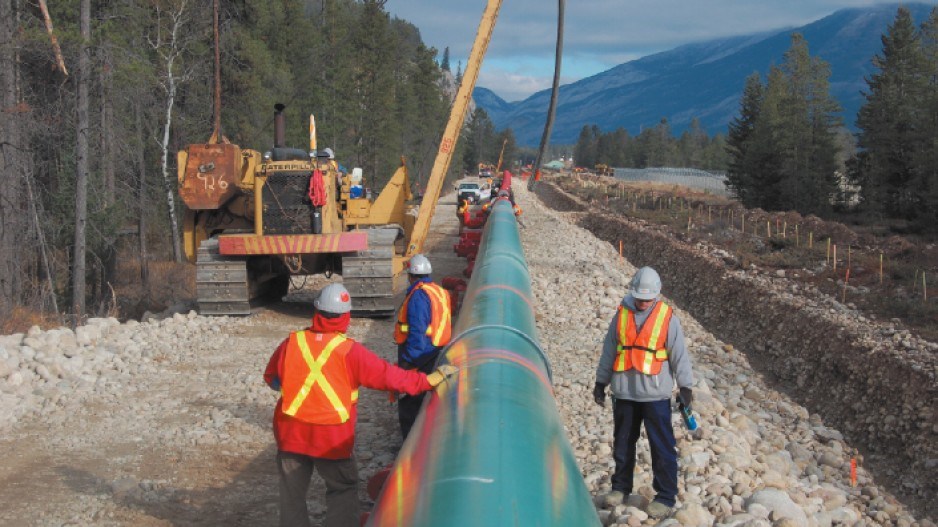Canada will need new pipeline capacity to handle an anticipated 1.3 million barrels per day of growth in oil sands production between now and 2030, according to the Canadian Association of Petroleum Producers.
But by CAPP’s own estimates, Canada would not need all four of the new or expanded pipelines that have been proposed.
In its 2017 Crude Oil Forecast, Markets and Transportation report, CAPP projects Canadian oil production will grow from the current 3.9 million bpd to 5.1 million bpd by 2030. Almost all of that growth is projected to be in Alberta's oil sands, with conventional oil production remaining flat – something that some analysts might disagree with.
The two pipelines that are already federally approved – the Trans Mountain expansion and Line 3 – would add close to 1 million bpd in added capacity.
In other words, those two pipelines alone would come close to meeting the new pipeline capacity that will be needed to meet anticipated growth in Canadian oil production.
If the recently resurrected Keystone XL project were built, that would address the additional capacity needed, which raises the question of whether the 1.1 million bpd Energy East pipeline would be needed. CAPP insists it would be.
“However, Energy East – a portal connecting Canada to Europe and beyond – is still needed to further connect Canada’s growing supplies to diverse markets,” CAPP said in a news release.
Canada is America’s single largest supplier of oil, yet cannot supply its own refineries in Eastern Canada.
Refineries in Ontario, Quebec and Atlantic Canada import 613,000 bpd of oil from Saudi Arabia, the U.S., Norway, Angola and Algeria, according to CAPP’s report. Energy East would supply Canadian oil to those Eastern Canadian refineries.
“It is imperative we get our oil to markets in all directions to ensure fair market value for our natural resources, and provide the world with a source of safe, reliable and secure energy from Canada,” Said CAPP CEO Tim McMillan.
While CAPP’s projections for additional growth in oil production generally matches up with projections of other energy intelligence firms like S&P Global Platts, some analysts say there is a transition underway that will see falling investment in Alberta’s oil sands and increased investment in unconventional oil shale oil plays.
Major oil companies like Shell have been selling off their Canadian oil sands assets. Capital spending in Alberta’s oil sands has fallen dramatically in recent years, although that has been largely due to low oil prices. Whereas oil producers invested $34 billion in Alberta’s oil sands in 2014, investment in 2017 is expected to be about $15 billion.
While the demand for oil from Organization for Economic Co-operation and Development countries is expected to fall by 12 million barrels per day (bpd) by 2040, demand will increase in developing countries, with India alone accounting for an estimated six million bpd in demand growth.
The International Energy Agency projects China’s and India’s demand for oil to grow by about 10 million bpd by 2040.




